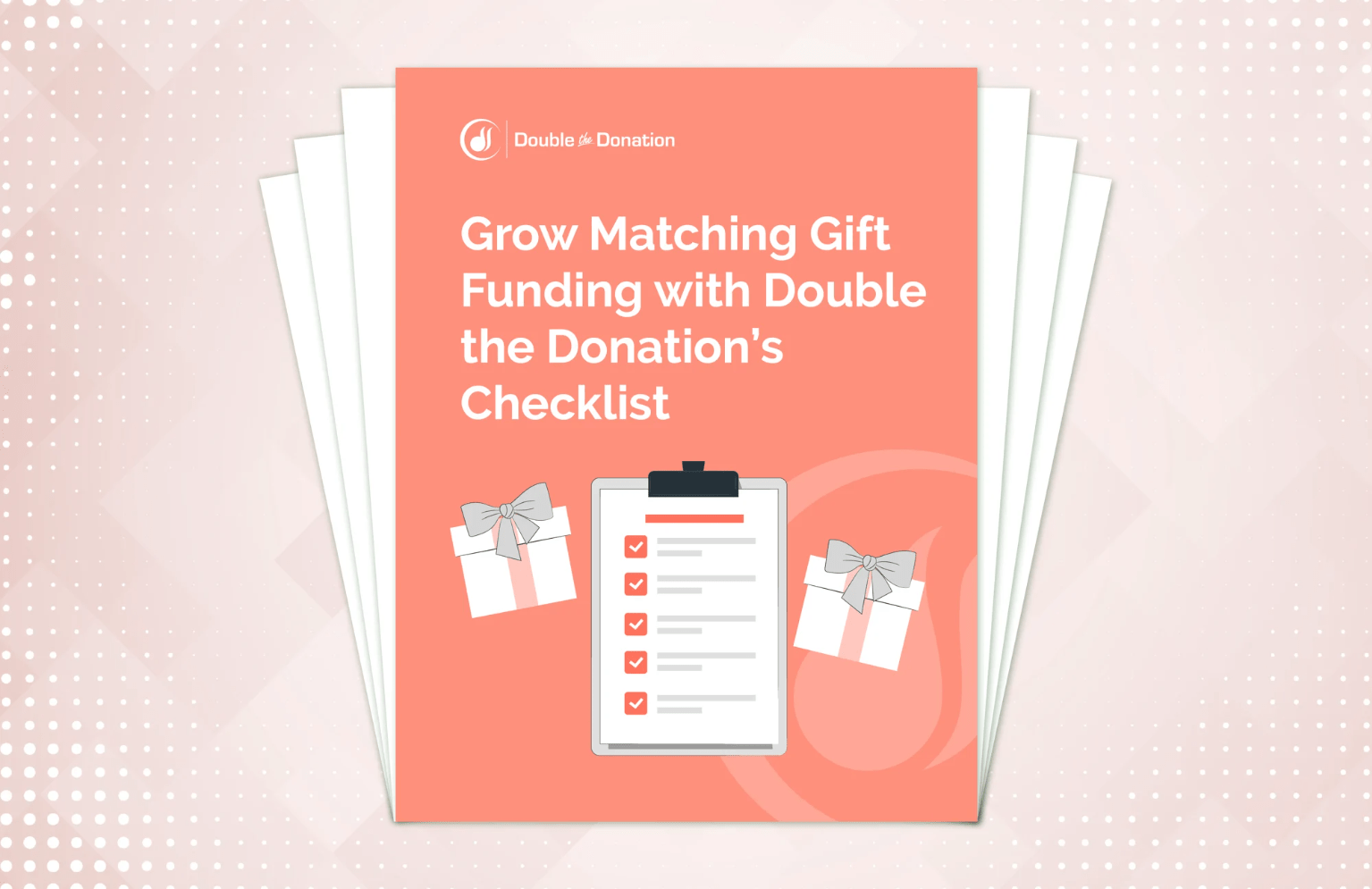 https://doublethedonation.com/wp-content/uploads/2016/04/Matching-Gift-Checklist-Download-min.png
995
1535
Adam Weinger
https://doublethedonation.com/wp-content/uploads/2025/11/DTD-horizontal-logo-300x63.png
Adam Weinger2024-05-15 17:48:262024-11-19 18:49:10[Free Download] 10 Quick Steps to Matching Gift Success
https://doublethedonation.com/wp-content/uploads/2016/04/Matching-Gift-Checklist-Download-min.png
995
1535
Adam Weinger
https://doublethedonation.com/wp-content/uploads/2025/11/DTD-horizontal-logo-300x63.png
Adam Weinger2024-05-15 17:48:262024-11-19 18:49:10[Free Download] 10 Quick Steps to Matching Gift Success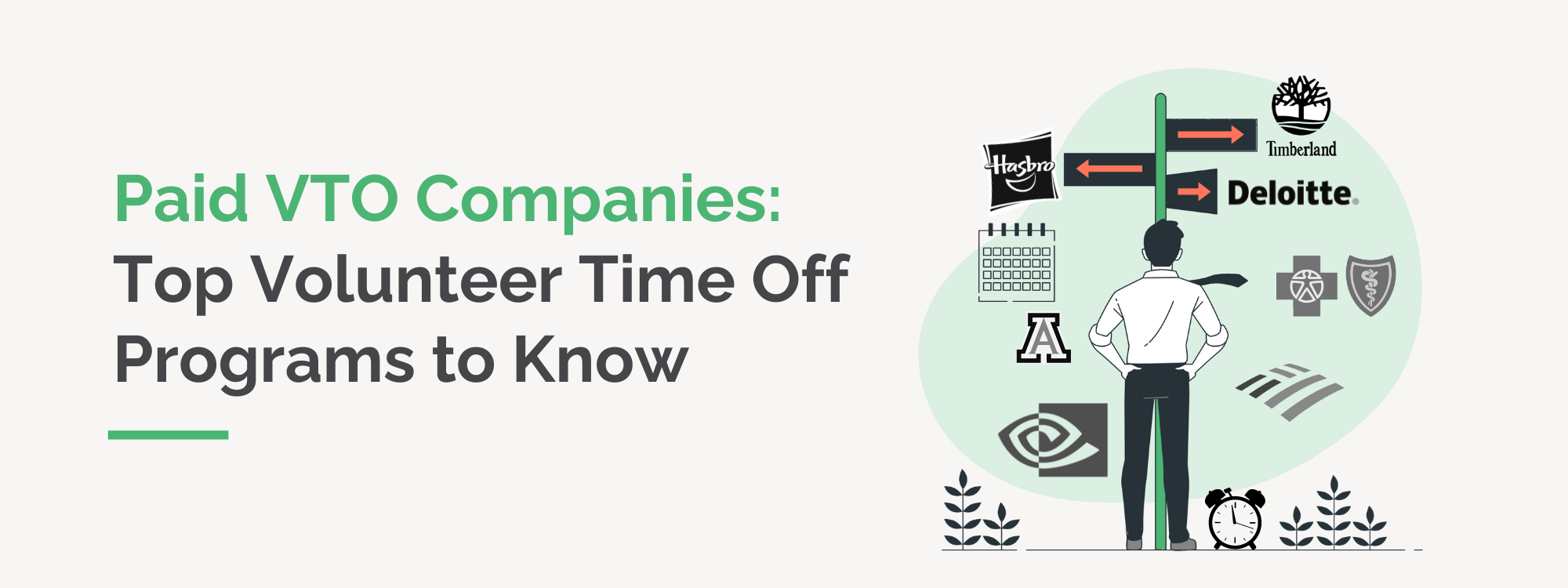
Top Volunteer Time Off Companies | 35 Programs to Know
In today's fast-paced corporate landscape, striking a balance…
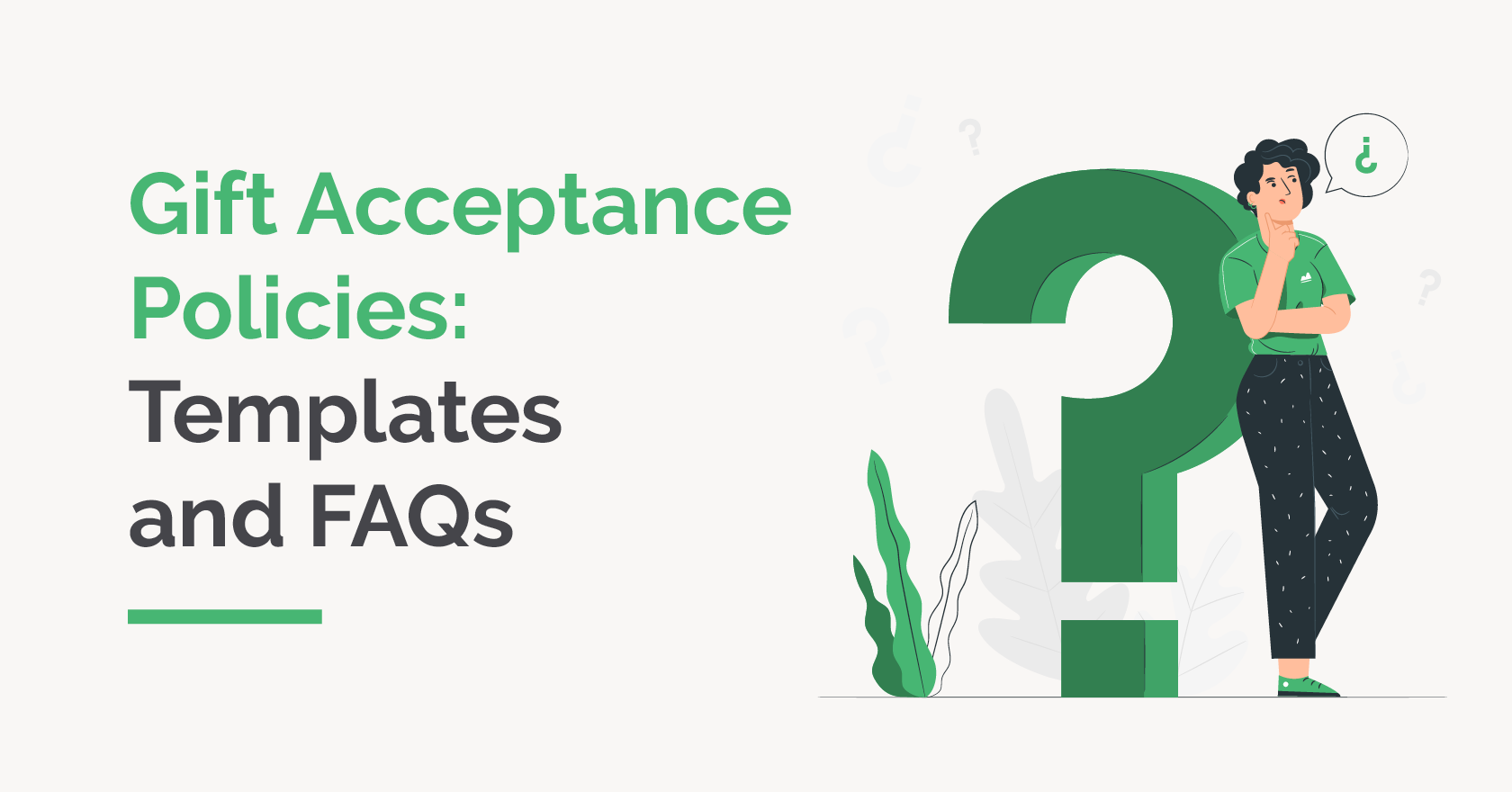
Gift Acceptance Policies: Templates and FAQs for Nonprofits
Gift acceptance policies are an essential but easily overlooked…
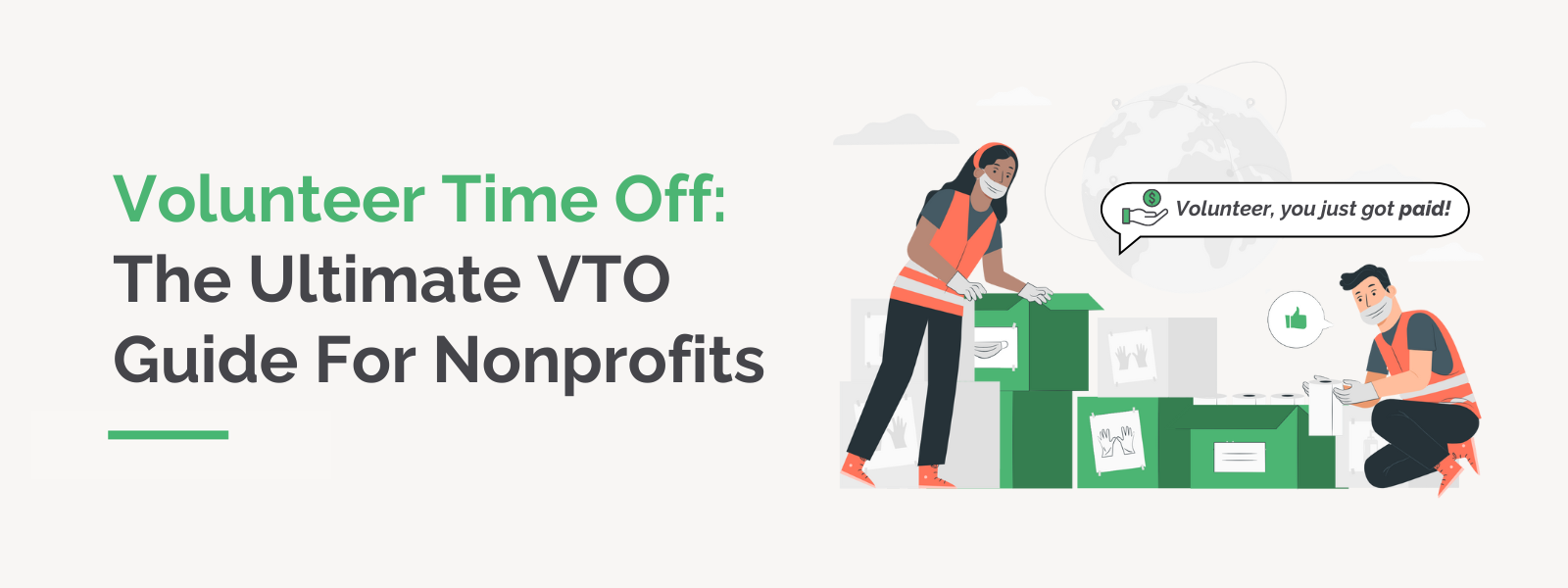 https://doublethedonation.com/wp-content/uploads/2024/05/DTD_Volunteer-Time-Off-The-Ultimate-VTO-Guide-For-Nonprofits_Feature.png
600
1600
Adam Weinger
https://doublethedonation.com/wp-content/uploads/2025/11/DTD-horizontal-logo-300x63.png
Adam Weinger2024-05-02 20:19:562025-04-15 17:21:44Volunteer Time Off | The Ultimate VTO Guide For Nonprofits
https://doublethedonation.com/wp-content/uploads/2024/05/DTD_Volunteer-Time-Off-The-Ultimate-VTO-Guide-For-Nonprofits_Feature.png
600
1600
Adam Weinger
https://doublethedonation.com/wp-content/uploads/2025/11/DTD-horizontal-logo-300x63.png
Adam Weinger2024-05-02 20:19:562025-04-15 17:21:44Volunteer Time Off | The Ultimate VTO Guide For Nonprofits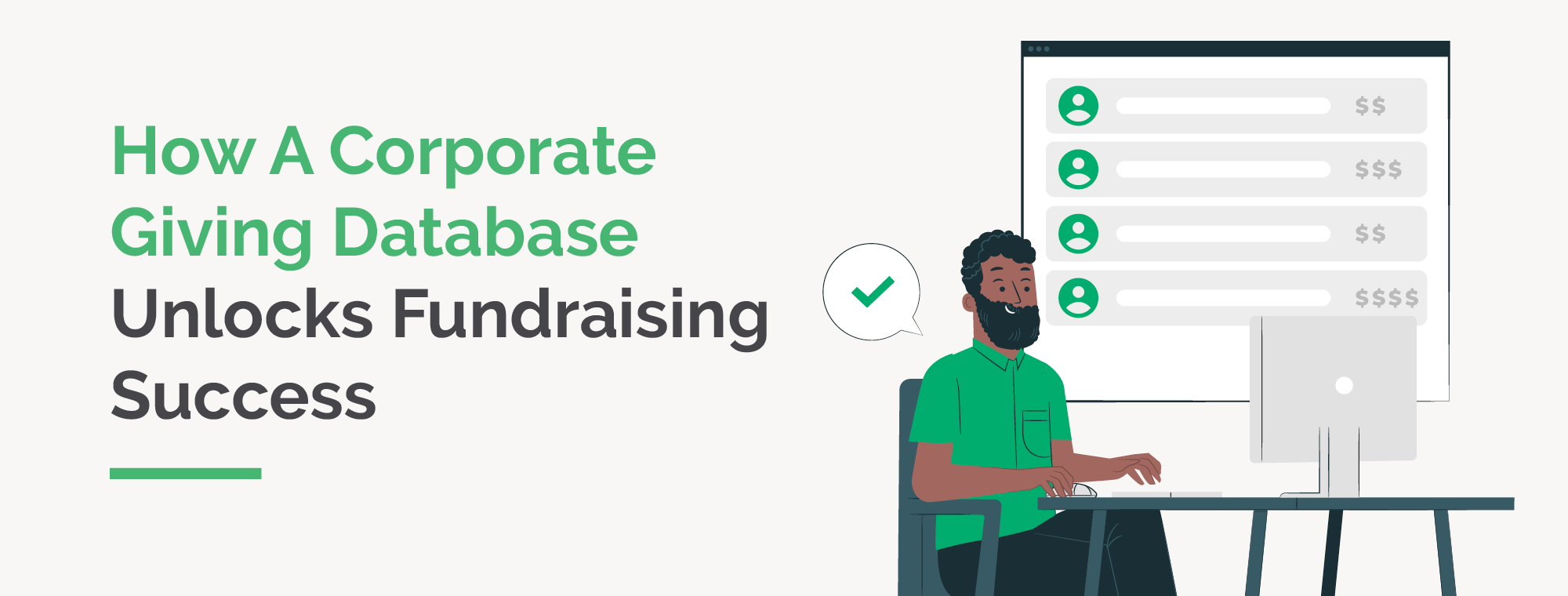
How A Corporate Giving Database Unlocks Fundraising Success
Companies gave an impressive $29.48 billion to U.S. charities…
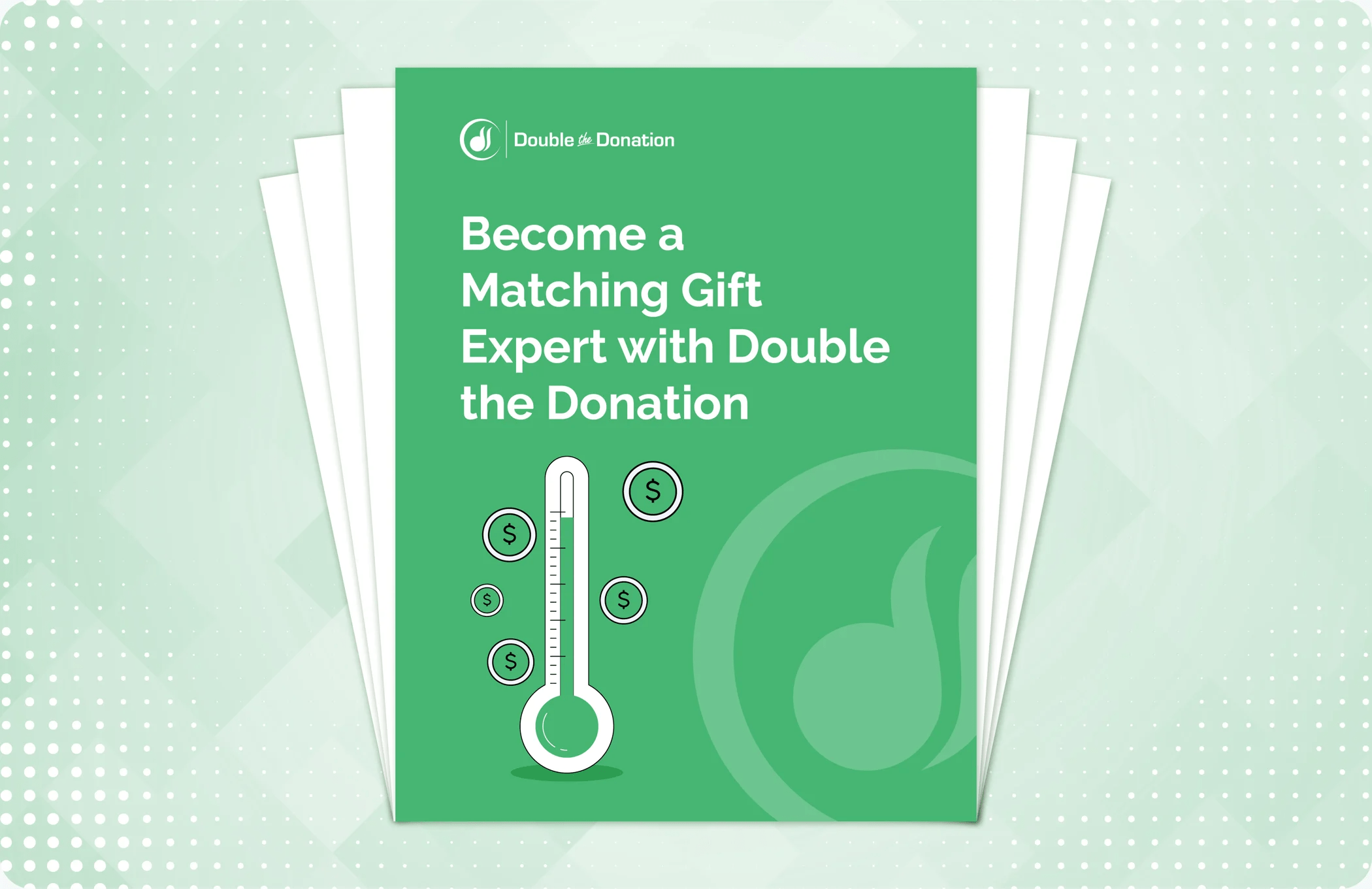 https://doublethedonation.com/wp-content/uploads/2016/04/Matching-Gifts-Download-min.png
1361
2100
Adam Weinger
https://doublethedonation.com/wp-content/uploads/2025/11/DTD-horizontal-logo-300x63.png
Adam Weinger2024-04-24 18:07:392025-07-25 12:41:59[Free Download] The Ultimate Guide to Matching Gifts
https://doublethedonation.com/wp-content/uploads/2016/04/Matching-Gifts-Download-min.png
1361
2100
Adam Weinger
https://doublethedonation.com/wp-content/uploads/2025/11/DTD-horizontal-logo-300x63.png
Adam Weinger2024-04-24 18:07:392025-07-25 12:41:59[Free Download] The Ultimate Guide to Matching Gifts
10+ Higher Education Fundraising Conferences to Attend
Higher education fundraising professionals work hard every…
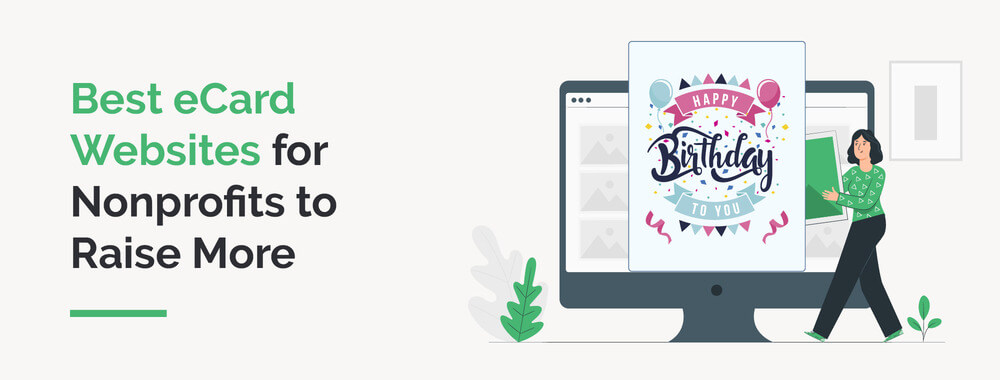
10+ Best eCard Websites for Nonprofits to Raise More
Whether someone is celebrating a birthday or needs a pick-me-up,…
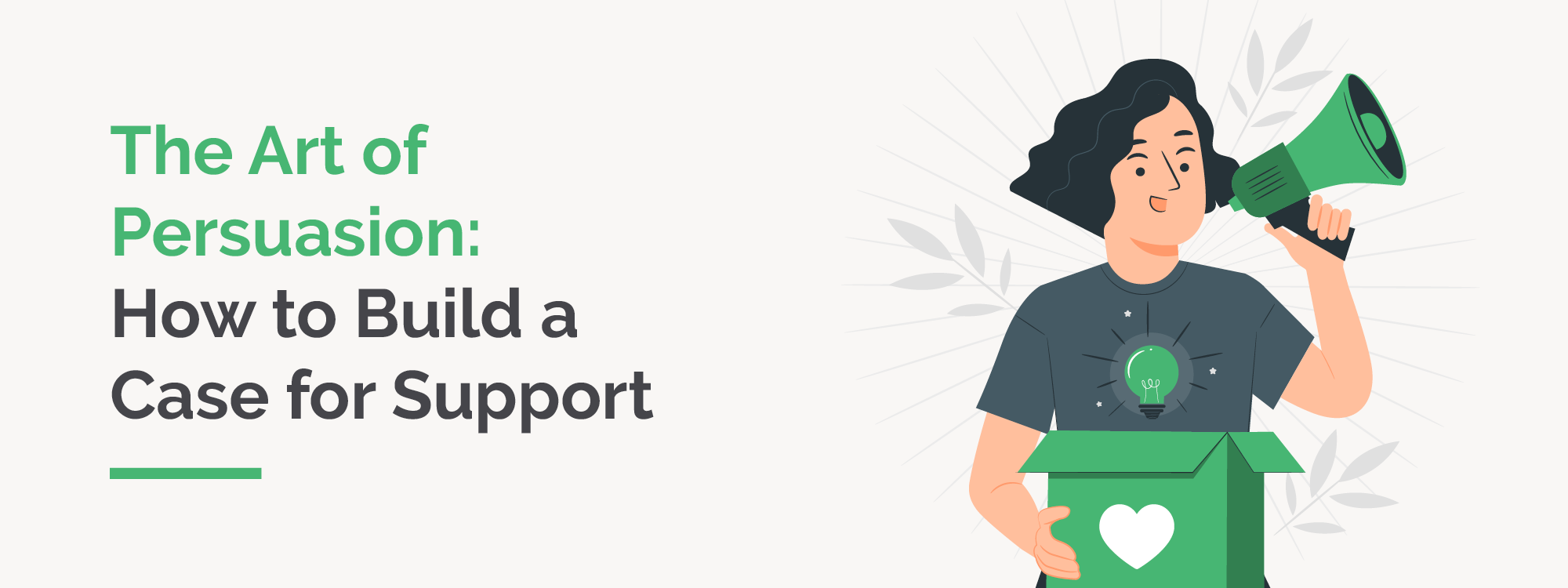
The Art of Persuasion: How to Build a Case for Support
Convincing an audience to take any kind of action requires making…
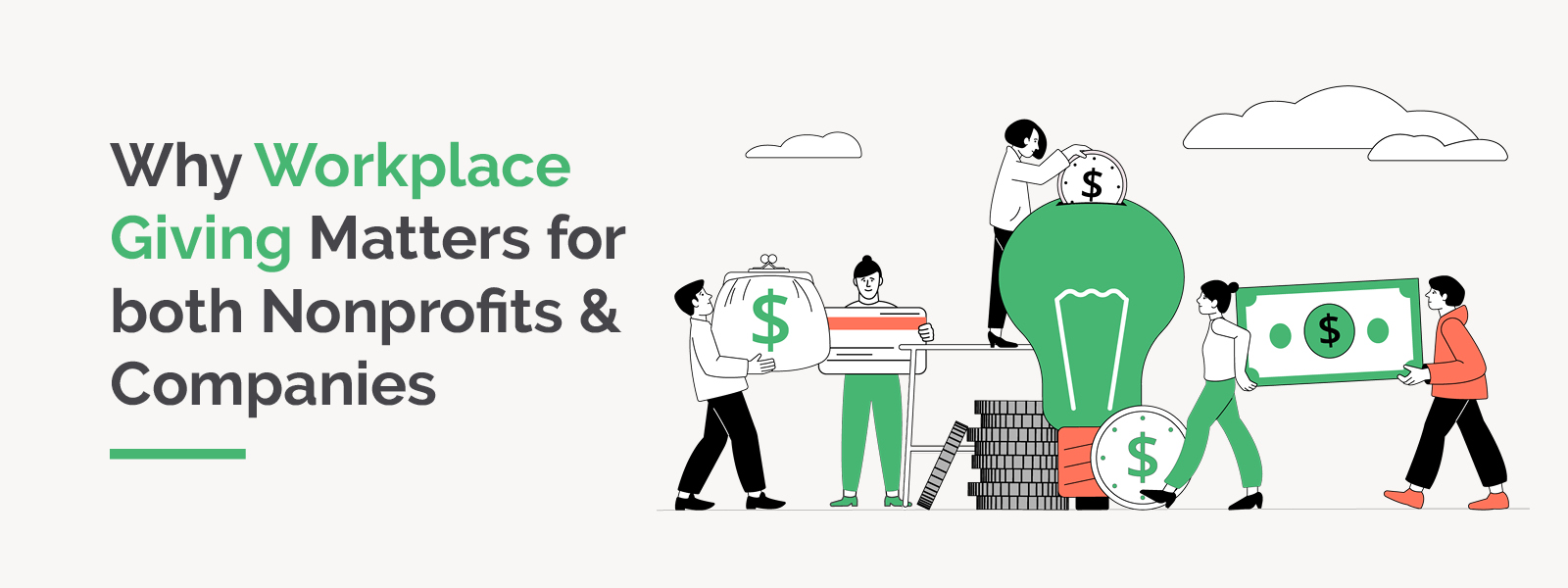
Why Workplace Giving Matters for Nonprofits + Companies
Today, companies are diving deep into social good causes…

